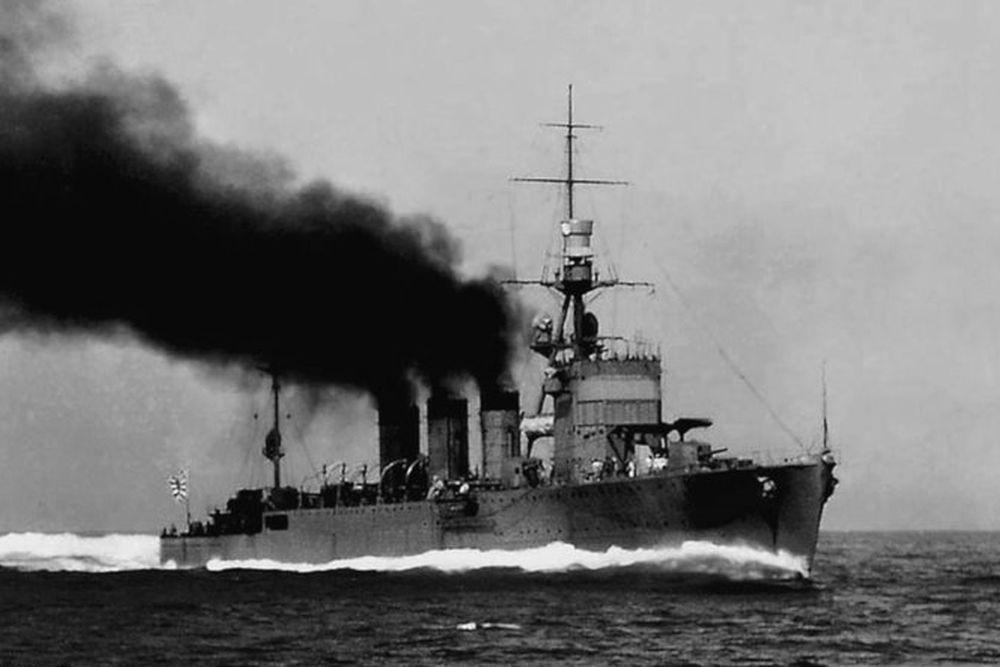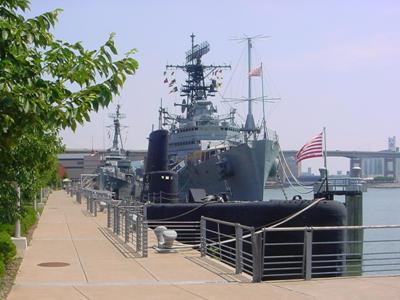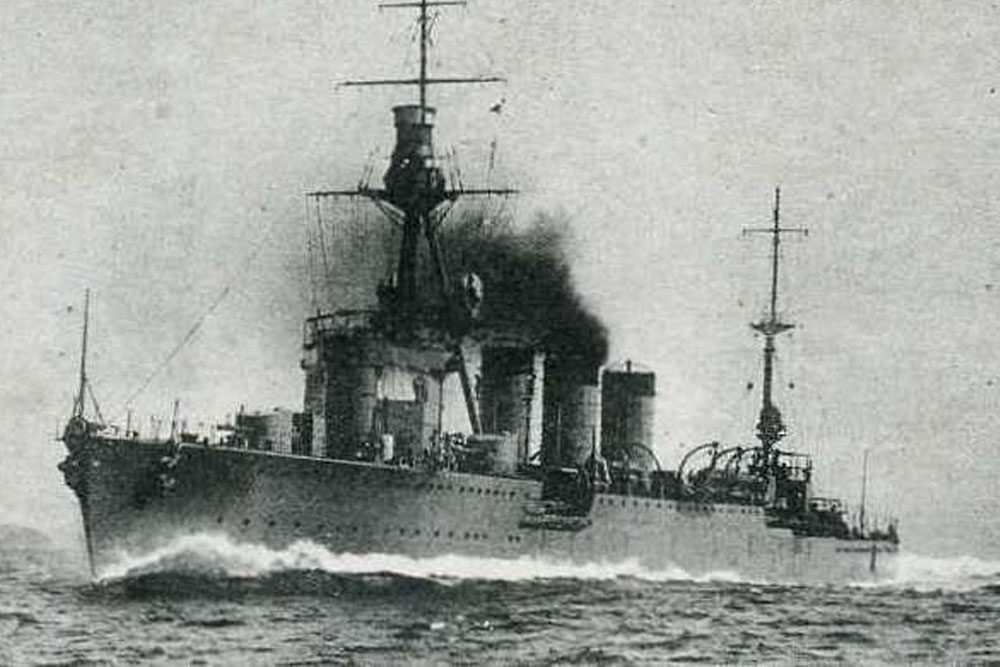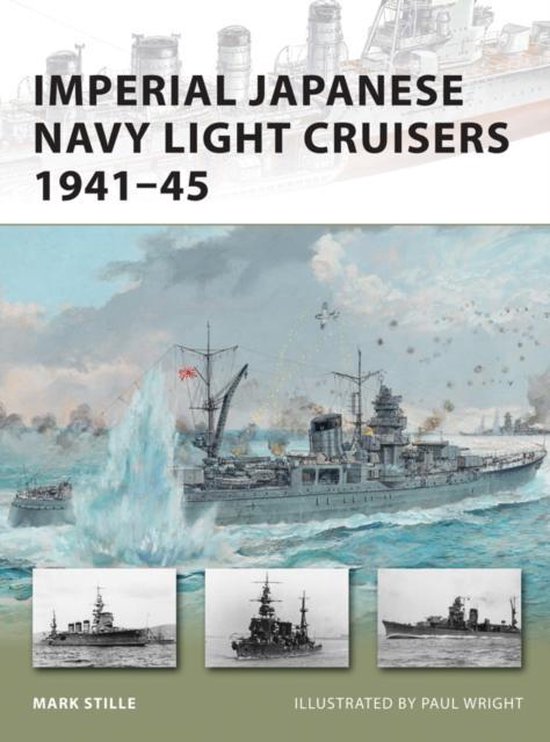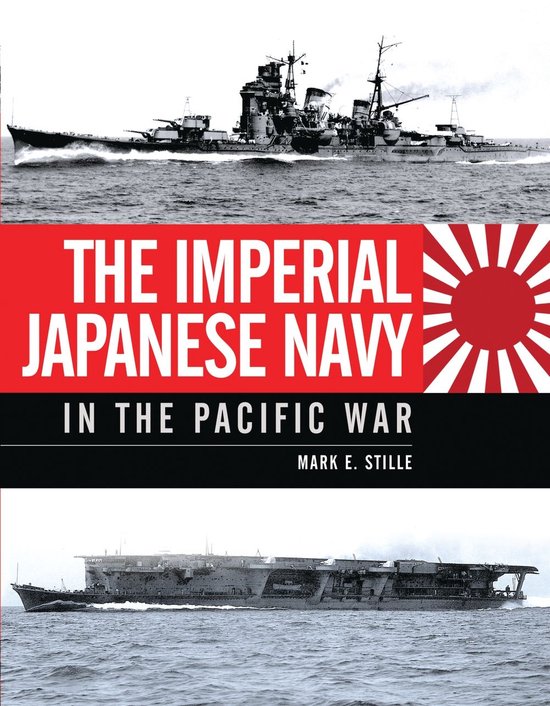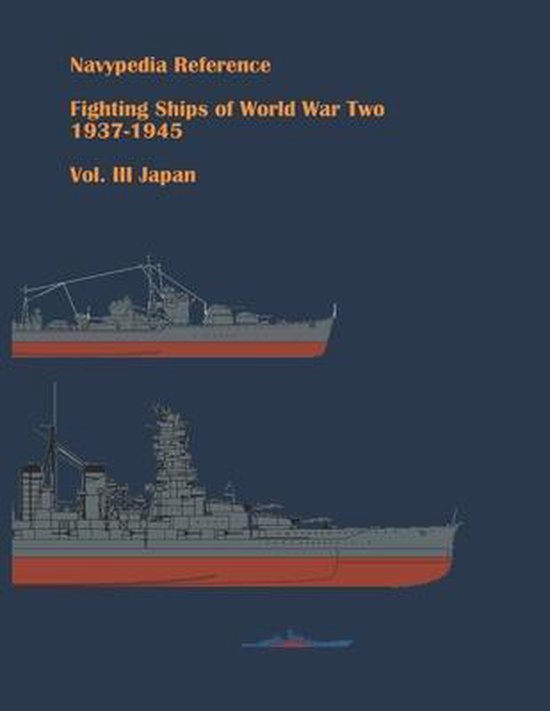Introduction
The Nagara-class light cruiser was essentially a slightly modified version of the Kuma-class light cruiser. The main differences were found in the construction around the bridge, the bridge itself and the fire control. Although already outdated at the time of the Second World War, the ships were still used as flagships for squadrons of smaller vessels and were modernised several times. All six ships of the Nagara-class were lost during the Second World War.
Definitielijst
- cruiser
- A fast warship with 8,000 – 15,000 ton displacement, capable to perform multiple tasks such as reconnaissance, anti-aircraft defence and convoy protection.
Class overview
| Name: | History: |
| Nagara (1922) | September 9, 1920: keel laid April 25, 1921: launched April 21, 1922: commissioned August 7, 1944: torpedoed (USS Croaker (SS-246)) |
| Isuzu (1922) | August 10, 1920: keel laid October 29, 1921: launched April 21, 1922: in dienst genomen April 7, 1942: dunk |
| Yura (1922) | May 21, 1921: keel laid February 15, 1922: launched March 20, 1923: in dienst genomen October 15, 1942: sunk |
| Natori (1922) | October 14, 1920: keel laid February 16 ,1922: launched September 15, 1923: in dienst genomen August 18, 1944: torpedoed (USS Hardhead (SS-365)) |
| Kinu (1922) | January 17, 1921: keel laid May 29, 1922: launched November 10, 1922: in dienst genomen 26 oktober 1944: sunk |
| Abukuma (1923) | December 8, 1921: keel laid March 16, 1923: launched May 26, 1925: commissioned October 26, 1944: sunk |
History
The Nagara-class was developed according to a standard program for 5,500-ton light cruisers and was the second design in this series. In terms of dimensions and performance they were virtually identical to the previous Kuma-class, except that the Nagara-class was equipped with a larger torpedo launching facility for its new 610 mm Type 93 torpedoes. The hull, propulsion and standard armament were entirely the same as the Kuma-class. Of the standard 12 boilers, ten were designed for burning oil and two for a mixture of coal and oil.[1]][2]
The main distinction of the Nagara-class ships from the previous Kuma-class was the configuration of the bridge, which now incorporated an aircraft hangar. Initially, a 10-meter platform was positioned above the forward gun turret No. 2, which was later replaced by a catapult. This arrangement proved to be impractical and during later modifications the catapult was transferred to a position aft, between the No. 5 and No. 6 gun turrets. The outline of the bridge could differ per ship in this class due to the variety of instruments used and the different localisation of instruments such as rangefinders, etc.[3][4]
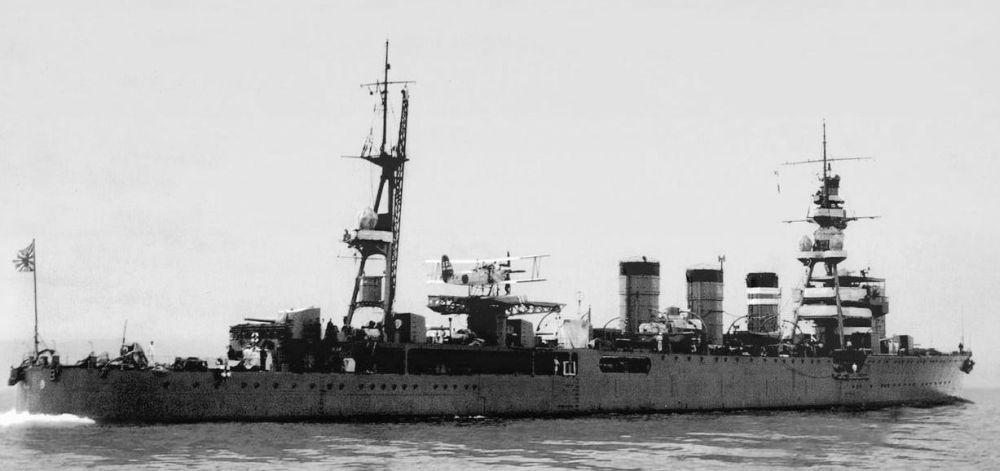
Kinu in 1937, still equipped with the original catapult on the aft deck. Source: Wilco Vermeer collection
The standard armament consisted of seven 14 cm/50 guns in individual turrets. Two positioned fore, three aft and one positioned on either side of the bridge. This meant that only six of the seven main guns could come into action in a broadside engagement. The anti-aircraft defence capacity was extremely modest and consisted of two 8 cm/40 anti-aircraft guns and two 6.5 mm machine guns. The number of anti-aircraft guns would therefore be increased in the course of time.[5]
Initially, three ships were ordered, namely the Nagara, Isuzu and Natori. Because they differed only slightly from the Kuma-class, the ships were at first referred to as the ‘modified Kuma-class’ or also ‘5500-ton class Type II’. However, they were soon designated as the Nagara-class and three more ships were ordered in late 1920, initially to be named Suzuka, Otonase and Minase. However, in November 1921 these ships were given their final names, Yura, Kinu and Abakuma.
A Kawanishi E7K 2 aircraft could be launched with the catapult. The small cruisers were actually already outdated at the start of the Second World War. They were already unsuitable for their original task, and most were therefore used as flagships for cruiser, destroyer or submarine squadrons.
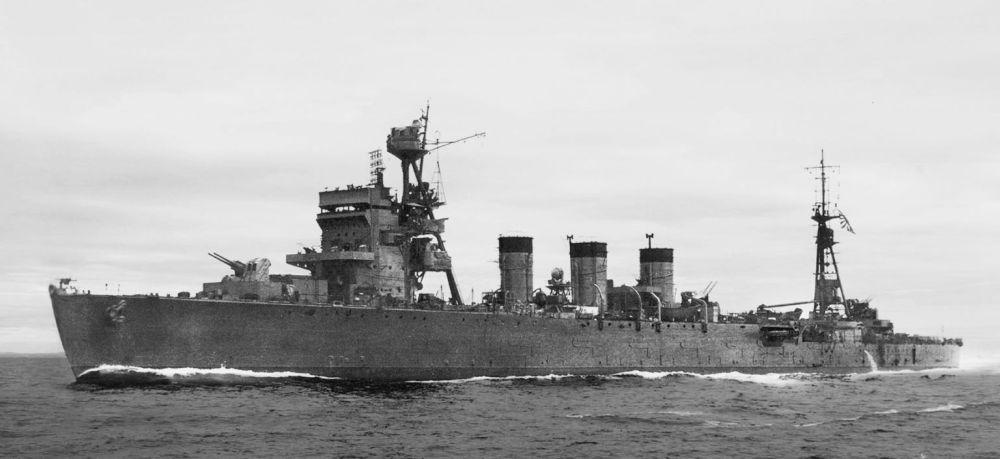
Isuzu, after her conversion into an anti-aircraft cruiser, September 1944. Source: Wilco Vermeer collection
Initially, all ships of this class were to receive new torpedo launchers for the Type 93 torpedoes, but due to shortages, only the Abakuma had them installed. In order not to exceed the maximum weight during the necessary modifications, the catapults were removed during the Second World War. The gun turrets No. 5 and no. 7 were replaced by double-barrelled 12.7 cm/40 Type 89 guns and the anti-aircraft defence was expanded with single-barrelled and triple-barrelled Type 96 25 mm anti-aircraft guns and, where space allowed for it, 13 mm machine guns. Around 1943-1944 there were five ships left, all of which were equipped with radar. By the end of the Second World War, all ships had been lost.
Definitielijst
- cruiser
- A fast warship with 8,000 – 15,000 ton displacement, capable to perform multiple tasks such as reconnaissance, anti-aircraft defence and convoy protection.
- destroyer
- Very light, fast and agile warship, intended to destroy large enemy ships by surprise attack and eliminating them by using torpedoes.
- radar
- English abbreviation meaning: Radio Detection And Ranging. System to detect the presence, distance, speed and direction of an object, such as ships and airplanes, using electromagnetic waves.
- torpedo
- A weapon of war. A cigar shaped body fitted with explosives and a propulsion and control mechanism. Intended to target after launch a nearby enemy ship and disable it by underwater explosion.
Technical specifications
| Class: | Nagara-class |
| Number of ships built: | 6 |
| Country: | Japan |
| Type: | Light cruiser |
| Displacement: | 5,659 tons normal 7,203 tons fully loaded |
| Length: | 162.10 meter |
| Beam: | 14.20 meter |
| Draft: | 4.80 meter |
| Propulsion: | 4 shafts, Gihon turbines 12 Kampon boilers 90,000 shp (67,000 kW) |
| Speed: | 36 knots (67 km/h) |
| Range: | 11,000 km (at 14 knots) |
| Armour: | Belt: 60 mm Deck: 30 mm |
| Armament: | 7x 14 cm/50 3rd Year Type guns 2x 8 cm/40 3rd Year Type guns 8x 610 mm torpedo launch tubes (4x2) 48 naval mines |
| Complement: | 450 |
Notes
- Gray, 1984, pag. 238
- Stille, 2012, pag. 20
- Gray, 1984, pag. 238
- Stille, 2012, pag. 20
- Stille, 2012, pag. 21
Definitielijst
- cruiser
- A fast warship with 8,000 – 15,000 ton displacement, capable to perform multiple tasks such as reconnaissance, anti-aircraft defence and convoy protection.
- torpedo
- A weapon of war. A cigar shaped body fitted with explosives and a propulsion and control mechanism. Intended to target after launch a nearby enemy ship and disable it by underwater explosion.
Information
- Article by:
- Wilco Vermeer
- Translated by:
- Simon van der Meulen
- Published on:
- 23-02-2025
- Feedback?
- Send it!
Related sights
Related books
Sources
- BELOTE, J.H. & BELOTE, W.M., Titans of the Seas, Harper & Row, 1975.
- GOGIN, I. & DASHYAN, A., Fighting Ships of World War Two volume 3, Navypedia LLC, Gatchina, 2021.
- GRAY, R., Conway's All The World's Fighting Ships, 1906-1921, Bloomsbury Publishing Plc., 1984.
- HUMBLE, R., Japanese High Seas Fleet, Pan Macmillan, 1974.
- JENTSURA, H., Warships of the Imperial Japanese Navy, 1869–1945, US Naval Institute Press, 1976.
- STILLE, M., Imperial Japanese Navy Light Cruisers 1941-45, Bloomsbury Publishing Plc, 2012.
- STILLE, M., The Imperial Japanese Navy in the Pacific War, Bloomsbury Publishing, 2014.
